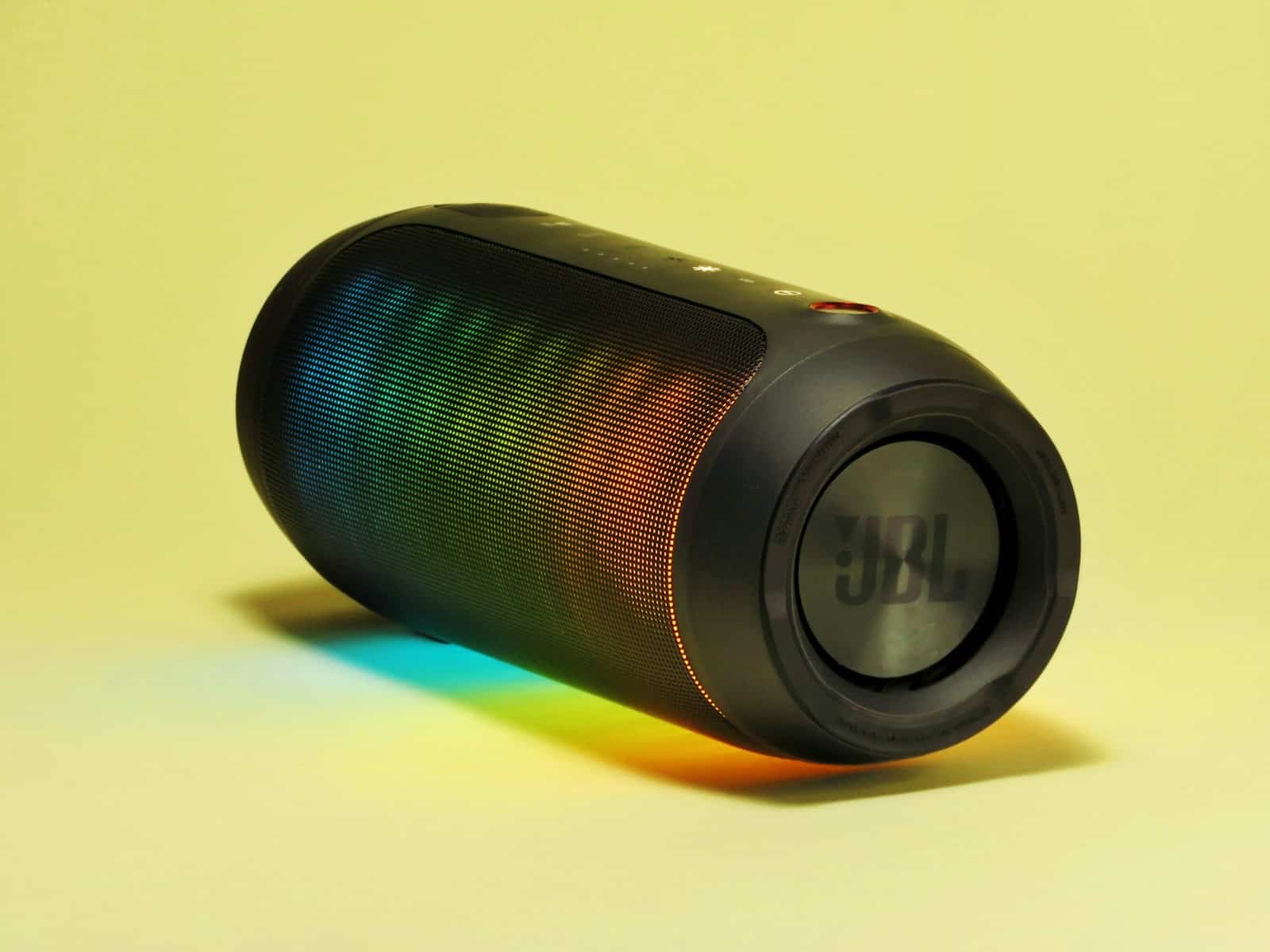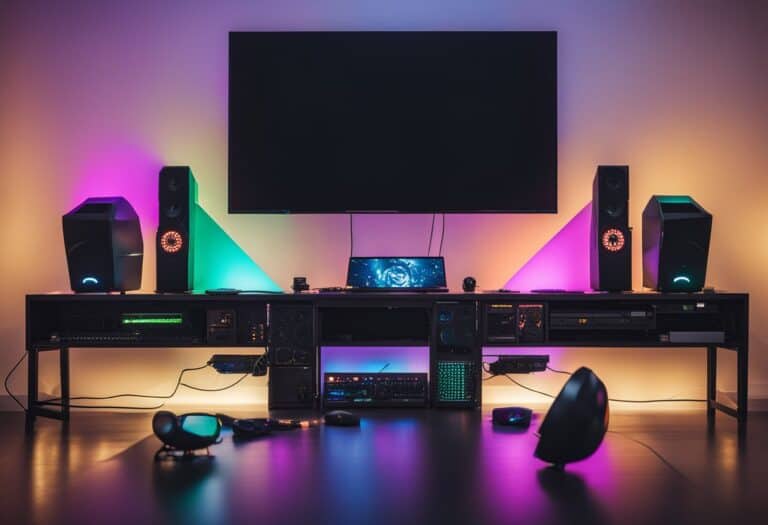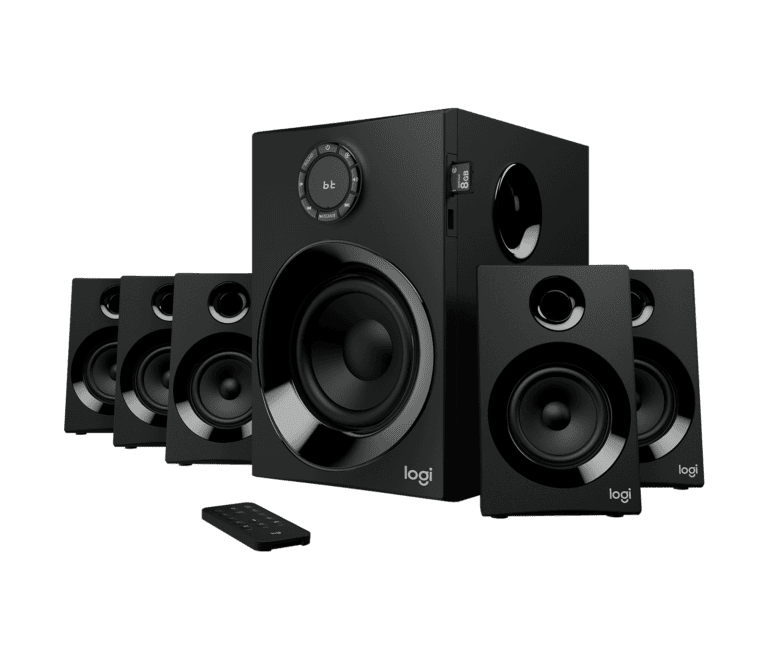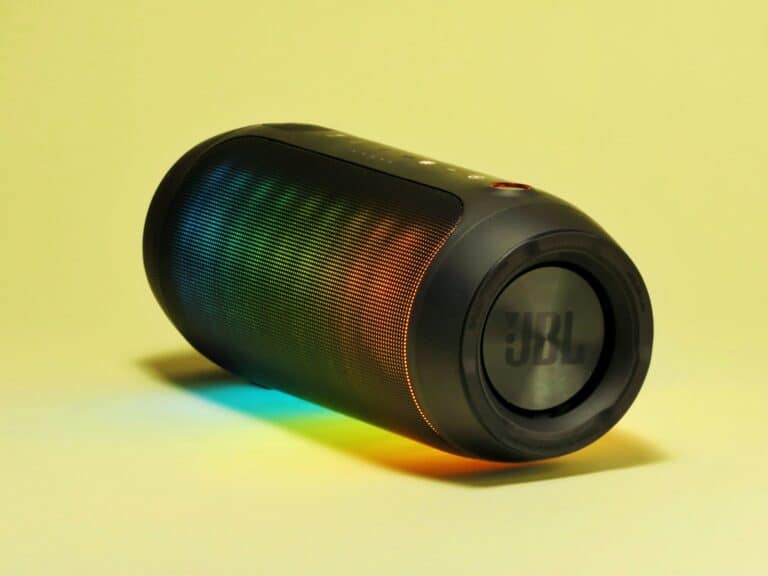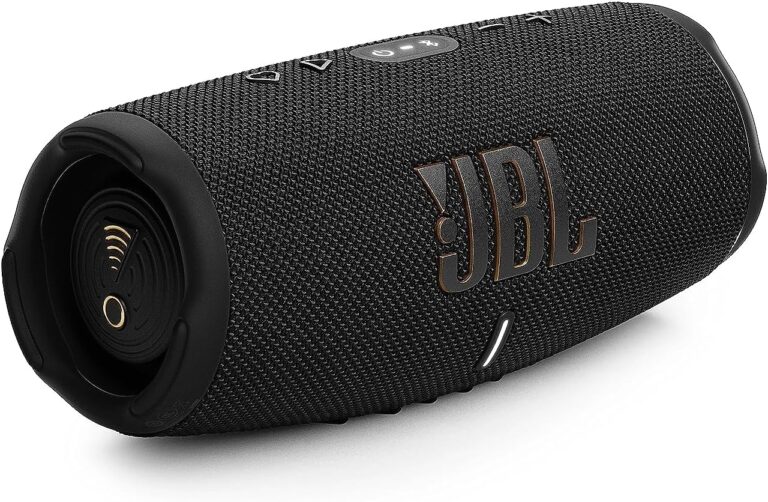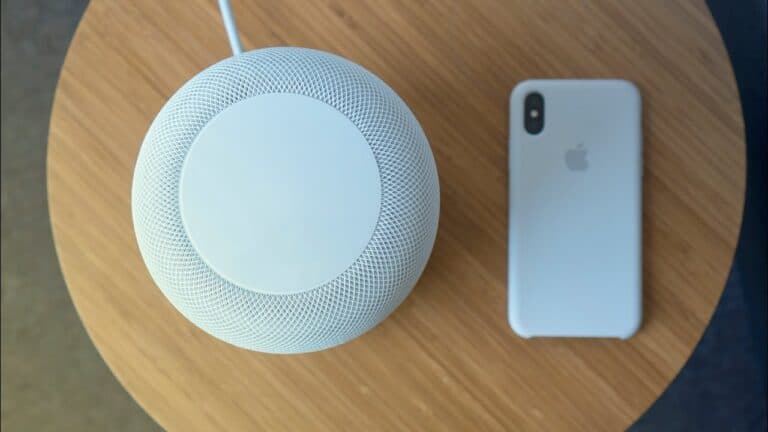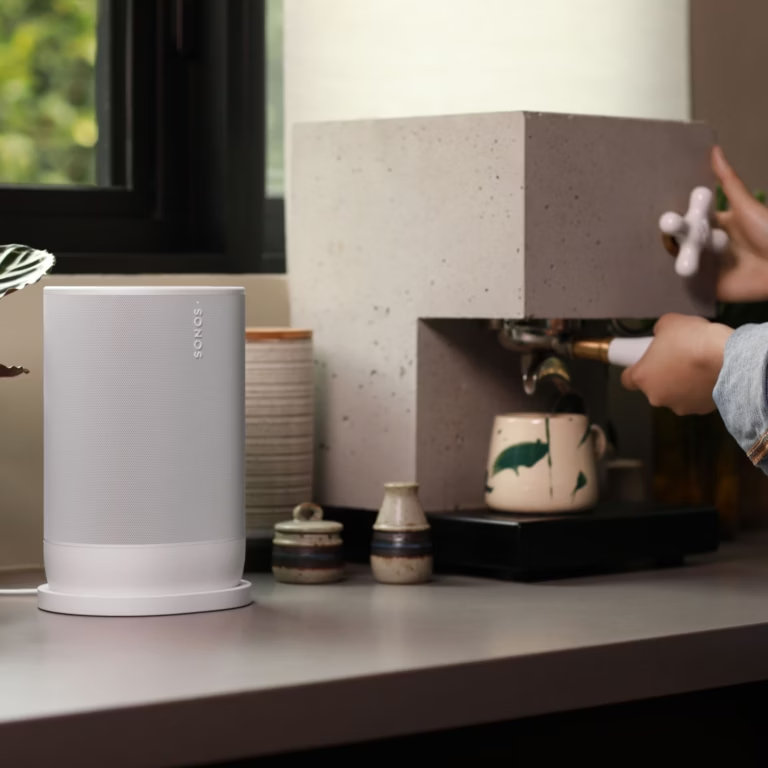If you’re looking to play music through multiple Bluetooth speakers simultaneously but have struggled to do so with traditional Bluetooth technology, you’re not alone. Bluetooth typically only allows one speaker to connect at a time, which has frustrated those wanting to fill larger spaces with sound or achieve a surround sound experience. The good news is that there are now ways to overcome this limitation, and we’ve outlined these methods below.
Modern bluetooth technology and manufacturer apps now allow users to connect multiple bluetooth speakers to a single device using Bluetooth 5, dual audio features, or specialized apps from brands like Bose and JBL. Samsung Galaxy phones and newer iPhones include built-in dual audio features that make this process simple.
The method depends on the device and speakers being used. Some solutions work through phone settings, while others require downloading specific apps. Understanding which option works best can help users get the most from their bluetooth speaker setup.
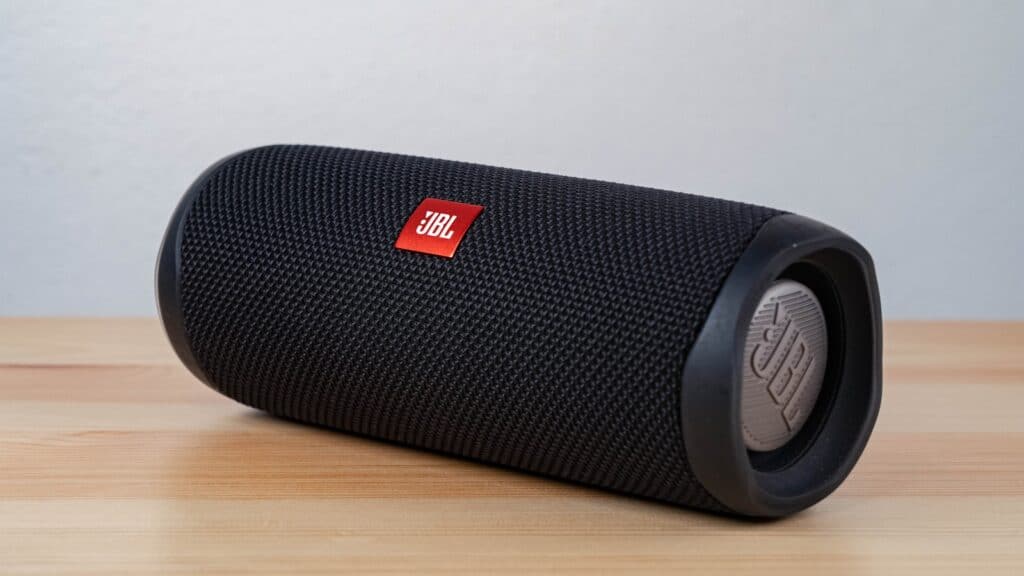
Options For Multiple Bluetooth Speakers At The Same Time
Connecting multiple Bluetooth speakers simultaneously can significantly enhance your audio experience, whether you want louder sound, multi-room audio, or true stereo separation. Here’s a breakdown of the most common methods:
1. Using Your Device’s Built-in Features (Bluetooth 5.0+ and Newer)
Many modern smartphones, tablets, and computers with Bluetooth 5.0 or higher now offer native capabilities to connect to multiple Bluetooth audio devices.
- Android (Dual Audio / Music Share):
- Samsung Galaxy devices (Android 8.0+): Often have a “Dual Audio” or “Music Share” feature.
- Go to Settings > Connections > Bluetooth.
- Pair your first Bluetooth speaker.
- Pair your second Bluetooth speaker.
- Look for a “Dual Audio” or “Music Share” toggle in your Bluetooth settings or Quick Settings panel (swipe down from the top of the screen). Enable it.
- Now, audio should stream to both speakers. You might be able to control individual speaker volumes.
- Other Android devices: The exact wording and location may vary, but look for similar “Dual Audio” or “Audio Sharing” options in your Bluetooth settings or advanced audio settings.
- Samsung Galaxy devices (Android 8.0+): Often have a “Dual Audio” or “Music Share” feature.
- iOS (iPhone/iPad – AirPlay for some, limited Bluetooth pairing):
- iPhones can connect to multiple Bluetooth devices, but natively sending the same audio to two different Bluetooth speakers simultaneously is limited.
- AirPlay (for Wi-Fi speakers): If you have AirPlay-compatible speakers (like HomePods or other AirPlay 2 speakers), you can stream audio to multiple speakers over Wi-Fi.
- Make sure all speakers are on the same Wi-Fi network as your iOS device.
- Open Control Center (swipe down from top-right on newer iPhones, up from bottom on older ones).
- Tap the music tile or the AirPlay icon (a triangle with circles).
- Select the speakers you want to play audio on.
- Third-party apps: Some apps might offer ways to split audio, but these can be less reliable or introduce latency.
- macOS (Audio MIDI Setup):
- Pair both Bluetooth speakers with your Mac.
- Open Finder, then go to Go > Utilities > Audio MIDI Setup.
- In the Audio MIDI Setup window, click the “+” button in the bottom left corner.
- Select “Create Multi-Output Device.”
- Check the boxes next to the Bluetooth speakers you want to use.
- You can then select this “Multi-Output Device” as your audio output from your Mac’s sound settings (in the menu bar or System Settings).
- Windows (Advanced Settings or Speaker Apps):
- Pair both Bluetooth speakers with your Windows computer.
- Some speaker manufacturers provide a Windows app that allows you to connect multiple speakers of the same brand. Check your speaker’s manual or the manufacturer’s website for such an app.
- If no app, you might be able to use the “Stereo Mix” feature in older Windows versions (though this is less reliable for multiple Bluetooth speakers). This often requires both speakers to be the same model and capable of pairing with each other. The process can be complex and involve enabling “Stereo Mix” in sound settings and then listening to one speaker through the other.
2. Manufacturer-Specific Technologies (Party Mode/Connect Features)
Many speaker brands have developed their own proprietary technologies to connect multiple speakers from the same brand. These often offer better synchronization and ease of use than generic Bluetooth pairing.
- JBL:
- Connect+ / PartyBoost: Allows you to link multiple compatible JBL speakers. You typically pair one speaker to your device, then press a “Connect” or “PartyBoost” button on that speaker and the others to link them.
- Auracast (Newer JBL models): This is a new Bluetooth LE Audio feature that allows one device to broadcast audio to an unlimited number of Auracast-enabled receivers. If your JBL speakers support Auracast, you simply activate the Auracast broadcast on one speaker, and others can join.
- Bose:
- Bose Connect app: Use the app to group compatible Bose speakers (e.g., SoundLink series) into “Party Mode” or “Stereo Mode.”
- Some Bose speakers also have physical buttons you can press to quickly link them without the app.
- Soundcore (Anker):
- PartyCast: Allows you to connect many PartyCast-enabled Soundcore speakers.
- Auracast: Like JBL, some newer Soundcore speakers will feature Auracast for broader compatibility and multi-speaker connections.
- Ultimate Ears (UE):
- PartyUp: Through the UE BOOM or MEGABOOM app, you can connect a large number of compatible UE speakers (sometimes up to 150!).
- Sony: Many Sony portable speakers have a “Party Connect” or “Stereo Pair” function, often activated by a dedicated button or through their app.
How to use manufacturer-specific features (general steps):
- Check compatibility: Ensure all your speakers are the same brand and model (or at least compatible within the brand’s ecosystem).
- Download the app: If available, download the manufacturer’s companion app for your speakers.
- Pair the first speaker: Connect your source device (phone, tablet) to one speaker via standard Bluetooth. This will often be your “primary” or “host” speaker.
- Activate multi-speaker mode:
- Via app: Open the app and look for options like “Party Mode,” “Stereo Pair,” “Connect+,” “PartyBoost,” “PartyCast,” or “Group Speakers.” Follow the in-app instructions to add other speakers.
- Via physical buttons: Many speakers have a dedicated button (sometimes labeled with a chain link icon or “Stereo Pair”) that you press on the primary speaker, then on the secondary speakers to link them.
3. Third-Party Apps (Less Common/Reliable for Bluetooth)
While some apps claim to connect multiple Bluetooth speakers, their effectiveness can vary. They often work by routing audio through the app itself, which can introduce latency or quality issues.
- AmpMe: This app aims to sync music across multiple devices, including Bluetooth speakers. It works by having each device join a “party” and stream the same audio. It’s generally best for situations where perfect synchronization isn’t critical.
4. Bluetooth Transmitters/Receivers (For Non-Bluetooth Devices or Specific Setups)
If you have a source device without Bluetooth, or if your speakers don’t have built-in multi-speaker capabilities, you can use adapters:
- Bluetooth Transmitter: Connects to the audio output (e.g., headphone jack) of your non-Bluetooth source device (like an older TV or stereo receiver) and broadcasts the audio via Bluetooth.
- Bluetooth Receivers: Connect to the audio input of your non-Bluetooth speakers (e.g., AUX-in).
- Some transmitters are designed to broadcast to multiple Bluetooth receivers simultaneously. This creates a more complex setup, but can be useful for specific needs.
Important Considerations:
- Bluetooth Version: Bluetooth 5.0 and newer offer better range, speed, and capabilities for multi-device connections compared to older versions.
- Speaker Compatibility: For seamless multi-speaker audio, it’s often best to use speakers from the same brand and model, as they are designed to work together.
- Latency/Synchronization: When connecting multiple speakers, especially across different brands or using generic methods, you might experience slight delays or echo between speakers. Manufacturer-specific features and Auracast are designed to minimize this.
- Range: Keep all speakers and the source device within reasonable Bluetooth range (typically up to 30 feet, but can vary) to maintain a stable connection.
- Stereo vs. Party Mode:
- Stereo Mode: Two speakers are assigned a left and right channel for a more immersive, directional sound. This usually requires two identical speakers.
- Party Mode/Broadcast: All connected speakers play the same full-range audio, creating a louder, more distributed sound.
- Firmware Updates: Always ensure your speakers and source device have the latest firmware/software updates, as these often include bug fixes and performance improvements for Bluetooth connectivity.
Key Takeaways
- Bluetooth 5 technology and manufacturer apps enable connecting multiple bluetooth speakers to one device
- Samsung Galaxy phones and newer iPhones have built-in dual audio features for easy multi-speaker connections
- The best method depends on your specific device and speaker brands, with options ranging from simple settings changes to specialized apps
Frequently Asked Questions
Many users have specific questions about connecting multiple Bluetooth speakers to their devices. These common concerns cover different operating systems, apps, and setup methods.
What steps are required to link multiple Bluetooth speakers with a single iPhone?
iPhone users need iOS 11.4 or later to connect multiple speakers. First, pair both Bluetooth speakers in Settings > Bluetooth by tapping each device name.
Open Control Center by swiping down from the top-right corner. Tap the music tile to see playback controls.
Tap the AirPlay icon at the bottom of the music controls. Select both connected speakers from the list.
The iPhone will send audio to both speakers at once. Users can adjust volume for each speaker separately using the sliders.
Can you pair several Bluetooth speakers to a single Android device simultaneously?
Samsung Galaxy phones with Bluetooth 5.0 support Dual Audio for two speakers. Other Android devices may need third-party apps for multiple connections.
On Samsung devices, pair both speakers first. Open Quick Settings and tap Media Output.
Select both speakers from the available list. Audio will play through both devices at the same time.
Older Samsung phones running Android 9 need manual activation. Go to Settings > Connections > Bluetooth > Advanced and toggle Dual Audio on.
Are there apps available that allow connecting two Bluetooth speakers to one phone?
Third-party apps can help devices without built-in multi-speaker support. Popular options include SpeakerBoost and Bluetooth Audio Widget Battery FREE.
These apps work by splitting audio signals between multiple Bluetooth connections. Results vary based on phone hardware and Bluetooth version.
Some apps require root access on Android devices. iPhone users have fewer third-party options due to iOS restrictions.
Always check app reviews and compatibility before downloading. Free versions often include ads or limited features.
How do you configure multiple Bluetooth speakers to work with one device on Windows 11?
Windows 11 supports multiple Bluetooth audio outputs through the Sound settings. Right-click the speaker icon in the system tray and select Sound Settings.
Pair both Bluetooth speakers through Settings > Bluetooth & Devices. Both devices should show as Connected.
In Sound settings, users can select different apps to play through different speakers. This creates a custom audio routing setup.
Some users prefer third-party software like Voicemeeter for more control. This method requires more technical knowledge but offers better customization.
What is the process for using AmpMe to synchronize multiple Bluetooth speakers?
AmpMe connects multiple devices to create a synchronized speaker network. Download the app on each device that has a connected speaker.
One person creates a party and others join using a code. All connected devices play the same music in sync.
The app works with Bluetooth speakers, phone speakers, and wired headphones. It streams music from Spotify, YouTube, or local files.
AmpMe requires an internet connection for all devices. Audio quality depends on the slowest connection in the group.
Is it possible to connect two speakers to one iPhone, and if so, how?
Yes, iPhones can connect to two Bluetooth speakers using AirPlay 2. Both speakers need to support this protocol for the best results.
Standard Bluetooth speakers can also work through the Control Center method. Pair both speakers in Bluetooth settings first.
Access the music controls in Control Center and tap the AirPlay button. Select both speakers to enable dual audio output.
Some older Bluetooth speakers may not support simultaneous connections. Check speaker specifications before attempting to connect multiple devices.

